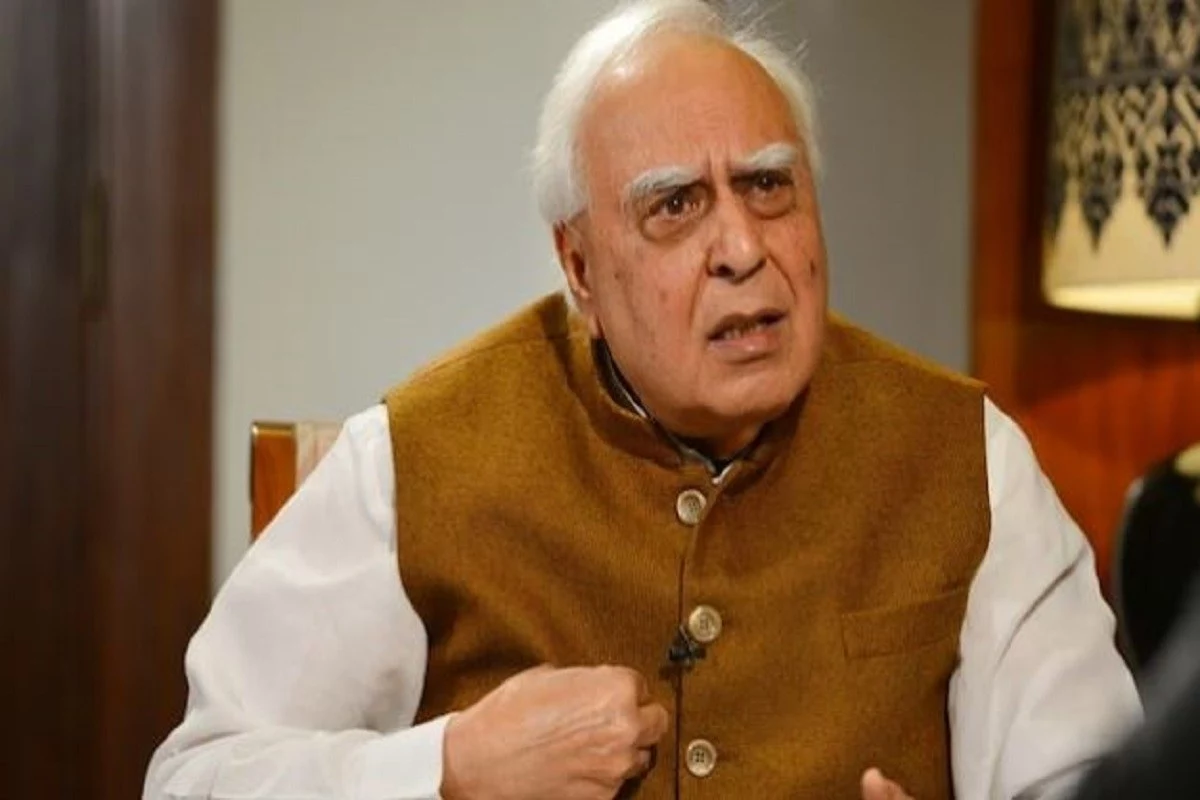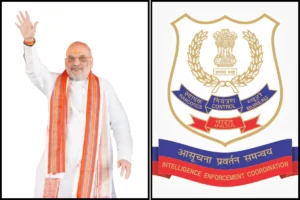
Kapil Sibal Asserts Assam's Myanmar Origin in Supreme Court Proceedings
The Supreme Court’s recent directive to the Union Government, requesting detailed data on illegal migrant entry into Assam and the northeastern states post-March 25, 1971, is part of a comprehensive review involving the contentious Section 6A. This section, central to the Assam Accord’s implementation, allows specific foreign migrants who entered Assam between January 1, 1966, and March 25, 1971, to apply for Indian citizenship.
During the hearings led by Chief Justice DY Chandrachud and a five-judge Constitution Bench, Senior Advocate Kapil Sibal, representing the respondents, highlighted the complexity of tracing population movements in Assam’s history. Sibal contextualized Assam’s evolution, from being part of Myanmar to British rule and association with East Bengal post-partition, emphasizing the assimilation of the Bengali population within historical narratives.
Also Read: FIR against builders close to Atiq lodged by PDA
Sibal argued, “Migration of people is embedded in history and cannot be mapped. If you look at the history of Assam, you’ll realize that it is impossible to figure out who came when.” He traced Assam’s history, noting its original connection to Myanmar and the subsequent impact of British conquest in 1824.
The controversy surrounding Section 6A centers on indigenous groups in Assam, contending that it legitimizes the entry of illegal migrants from Bangladesh, altering the state’s demographic and cultural fabric. The Constitution Bench, including Justices AS Bopanna, MM Sundresh, JB Pardiwala, and Manoj Misra, is tasked with scrutinizing the constitutional validity of Section 6A, with potential far-reaching implications for Assam’s socio-political landscape.
Sibal, drawing on his family’s partition experience, emphasized individuals’ fundamental rights, including those of Bengali ethnicity, to move freely within the country. He vehemently argued against the notion that such population movements disrupted Assam’s cultural essence. The court’s examination of Section 6A holds significant implications for the ongoing socio-political dynamics in Assam.
To read more such news, download Bharat Express news apps


















